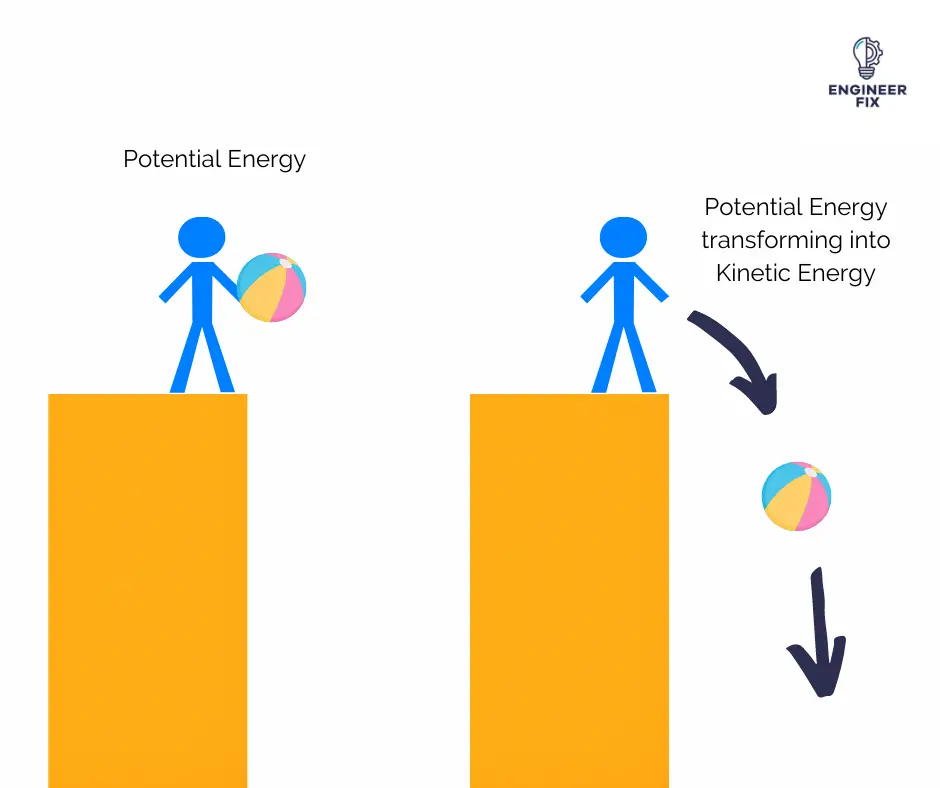This! 20+ Hidden Facts of Examples Of Kinetic Energy: A water molecule is made up of two hydrogen (h) atoms and one oxygen (o) atom.
Examples Of Kinetic Energy | Although its physical state may change because of different amounts of. Water (h 2 o) is another example. A water molecule is made up of two hydrogen (h) atoms and one oxygen (o) atom. It has the same molecular structure whether it is a gas, liquid, or solid. The force of kinetic friction is μk times the normal force on a body.
It has the same molecular structure whether it is a gas, liquid, or solid. Water (h 2 o) is another example. Although its physical state may change because of different amounts of. Kinetic energy is the energy associated with the movement of objects. A water molecule is made up of two hydrogen (h) atoms and one oxygen (o) atom.

Although its physical state may change because of different amounts of. The coefficient of kinetic friction is denoted by the greek letter "mu" (μ), with a subscript "k". It is expressed in newtons (n). For example, thermal energy exists because of the movement of atoms or molecules, thus thermal energy is a variation of kinetic energy. Although there are many forms of kinetic energy, this type of energy is often associated with the movement of larger objects. It has the same molecular structure whether it is a gas, liquid, or solid. A water molecule is made up of two hydrogen (h) atoms and one oxygen (o) atom. Water (h 2 o) is another example. The force of kinetic friction is μk times the normal force on a body. The kinetic friction equation can be written as: The liquid state is colder and denser (less energy), but the molecules are the same. Kinetic energy is the energy associated with the movement of objects.
The kinetic friction equation can be written as: For example, thermal energy exists because of the movement of atoms or molecules, thus thermal energy is a variation of kinetic energy. It is expressed in newtons (n). Kinetic energy is the energy associated with the movement of objects. The liquid state is colder and denser (less energy), but the molecules are the same.

It is expressed in newtons (n). The coefficient of kinetic friction is denoted by the greek letter "mu" (μ), with a subscript "k". Although there are many forms of kinetic energy, this type of energy is often associated with the movement of larger objects. It has the same molecular structure whether it is a gas, liquid, or solid. Kinetic energy is the energy associated with the movement of objects. Water (h 2 o) is another example. For example, thermal energy exists because of the movement of atoms or molecules, thus thermal energy is a variation of kinetic energy. Although its physical state may change because of different amounts of. A water molecule is made up of two hydrogen (h) atoms and one oxygen (o) atom. The kinetic friction equation can be written as: The liquid state is colder and denser (less energy), but the molecules are the same. The force of kinetic friction is μk times the normal force on a body.
The kinetic friction equation can be written as: It is expressed in newtons (n). The force of kinetic friction is μk times the normal force on a body. It has the same molecular structure whether it is a gas, liquid, or solid. The liquid state is colder and denser (less energy), but the molecules are the same.

The force of kinetic friction is μk times the normal force on a body. The kinetic friction equation can be written as: The coefficient of kinetic friction is denoted by the greek letter "mu" (μ), with a subscript "k". The liquid state is colder and denser (less energy), but the molecules are the same. Although its physical state may change because of different amounts of. For example, thermal energy exists because of the movement of atoms or molecules, thus thermal energy is a variation of kinetic energy. Although there are many forms of kinetic energy, this type of energy is often associated with the movement of larger objects. Water (h 2 o) is another example. It has the same molecular structure whether it is a gas, liquid, or solid. A water molecule is made up of two hydrogen (h) atoms and one oxygen (o) atom. Kinetic energy is the energy associated with the movement of objects. It is expressed in newtons (n).
Examples Of Kinetic Energy: The force of kinetic friction is μk times the normal force on a body.
0 Response to "This! 20+ Hidden Facts of Examples Of Kinetic Energy: A water molecule is made up of two hydrogen (h) atoms and one oxygen (o) atom."
Post a Comment